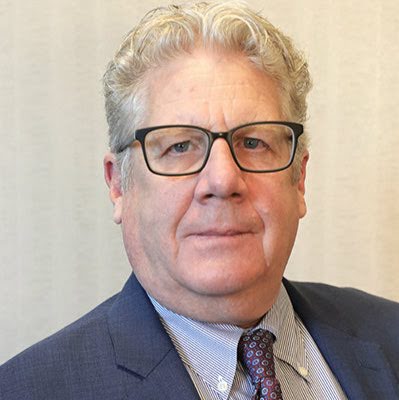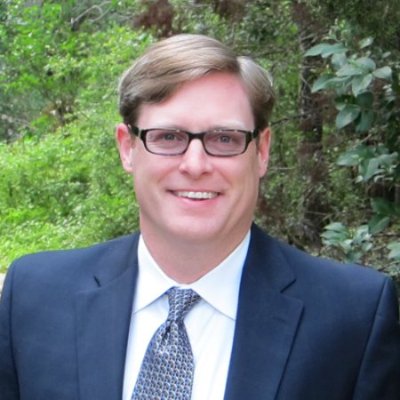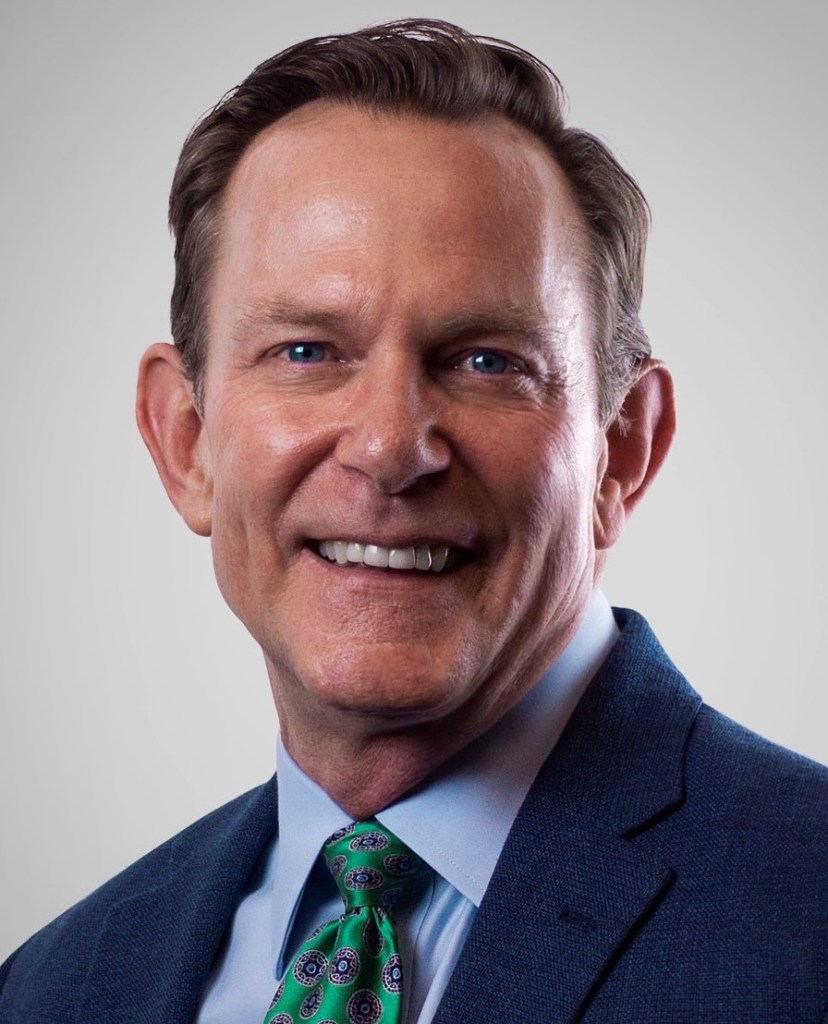Members of the executive committee of the National Reverse Mortgage Lenders Association (NRMLA) welcomed members back to in-person events for the first time since November 2019, lauding the accomplishments of NRMLA members and the resiliency of the reverse mortgage business in the wake of rule changes, political transitions and the COVID-19 coronavirus pandemic.
This is according to a gathering of the committee members at the NRMLA Western Regional Meeting taking place this week in Irvine, Calif. Speaking to the assembled attendees were NRMLA Preisdent Steve Irwin, Finance of America Reverse (FAR) VP of Field Retail and Director of Government Relations Scott Norman, Reverse Mortgage Funding (RMF) Strategic Business Development Leader Joe DeMarkey and Liberty Reverse Mortgage President Mike Kent.
A welcome back to a resilient industry
Irwin expressed appreciation and admiration for reverse mortgage industry participants in attendance, describing the tumultuous period over the past couple of years as proof of the reverse mortgage industry’s overall resilience.

“I just want to say that what you all accomplished since the onset of this pandemic is truly incredible,” Irwin said. “Since the onset and at the beginning we all shifted gears, and within a matter of a couple of weeks, we moved offices to remote environments. We adjusted to changes in processing, closing, funding and servicing, but still managed to have closed over 104,000 HECMs between February 2020 and February 2022.”
Irwin lauded the attendees and the industry by saying that over $26 billion in home equity was unlocked for seniors, further allowing for aging in place during the lockdown period while local authorities handed down physical distancing orders and shuttered businesses.
“NRMLA and its leadership fully engaged with HUD to ensure safe delivery and positive outcomes for borrowers, and engaged with Ginnie Mae weekly to ensure continued liquidity to support this remarkable accomplishment,” Irwin added.

That also came with a shift to virtual events by the association, culminating in the first in-person industry conference since November, 2019.
Joe DeMarkey echoed those sentiments, aiming to illustrate much of what the industry has contended with in the past beyond the pandemic period.
“My only opening comments really surround the fact that there’s nothing that we cannot do in this industry, nothing that can stop us from doing what we’re doing,” he said. “Think about what we’ve been through collaboratively for the last 10 years, starting with FHA’s utilization restrictions, financial assessment, LESAs, PLF changes, MIP changes. All that and we’re still thriving as an industry. We did record volumes, to Steve’s point, over the past couple years while we all learned how to deal with a changed world. There’s nothing that this industry cannot do together.”
Shifting reverse mortgages to remote work
One of the main realities that the reverse mortgage business had to deal with during this period was a mass transition to remote work. Many businesses have begun to take different approaches to such flexibilities as the pandemic’s grip on society has diminished. But for many of the reverse mortgage professionals assembled on stage, remote or hybrid work appears to be a reality for the foreseeable future.
“At RMF, all of our corporate offices have reopened,” DeMarkey said. “We will allow employees – with management approval – to work at home if that’s their desire. Or, if they desire to work in the office or in a hybrid environment where they come into the office a few days a week, some choose to fo that as well. But all of our corporate offices have reopened, and we’ve got a hodgepodge of people working from home ot in the office.”
At FAR, the dynamic is similar but not identical, according to Scott Norman.
“We’re completely open, but I think that we are seeing a number of people that just don’t want to go back into the office,” he said. “If they have kids or if it doesn’t really work with family, some of those people have not returned and may not return to a traditional environment. Most of our operations and our executive offices are full, but I’d say we’re still up position where we’re trying to be as flexible as we can around the family dynamic, social life and whatever the health issues may be, because certainly – depending on which part of the country you’re in – [the pandemic] is still going. COVID’s still out there.”
At Liberty, Mike Kent describes how the company has transitioned to a fully hybrid model in the wake of the pandemic and its impact on doing business.

“We will not have employees full-time back in the office,” Kent said. “We do engagement surveys with our staff quarterly, and for the last seven or eight quarters, 85% of our staff have told us they want to stay at home.”
However, Liberty also took this opportunity to reinvest money that was previously invested in physical working space and put it elsewhere, including in technology, Kent explains.
“That includes bigger, better, badder broadband,” he says. “They can utilize that for working from home and having greater flexibility. We want to give people the best tools to do their jobs, and that’s the plan for the foreseeable future. We do have some day-to-day employees to keep the lights on, but the majority of our company is hybrid.”
Kent also explained that Liberty has several periodic social events with employees planned to keep them further engaged.
Look for more from the NRMLA executive committee roundtable in the coming days.





